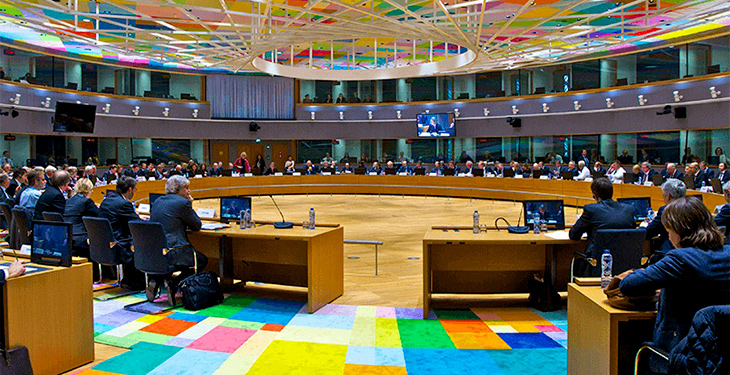The Council of the European Union has given on Monday a mandate to the European Commission to begin negotiations on the modernisation of the Energy Charter Treaty (ECT). It also adopted corresponding negotiating directives.
The aim of the negotiations is to modernise the provisions of the ECT so that it takes account of sustainable development and climate goals, as well as modern standards of investment protection and investor-to-state dispute settlement. The objective of the modernised ECT should be to facilitate investment in the energy sector in a sustainable way, provide for legal certainty and ensure a high level of investment protection.
Among the main elements of the EU’s negotiating directives is a focus on ensuring that climate change and clean energy transition goals are reflected in the modernised ECT. This includes a clarification that the EU can require market participants from third countries to comply with applicable EU and member states’ laws, including those concerning environmental and safety policy.
The EU will aim to bring the provisions on investment protection in line with the modern standards of agreements recently concluded by the EU and its member states. It will also look to ensure that the modernised ECT continues to aim at a high level of investment protection. The modernised ECT should explicitly reaffirm the so-called “right to regulate”, i.e. the right of the contracting parties to take measures for the protection of health, safety, the environment and other public policy objectives. The EU also aims to clarify that investment protection provisions cannot be interpreted as a commitment by the contracting parties not to change their laws. Investor-to-state dispute settlement provisions should reflect the EU approach in its investment protection agreements and the position taken by the EU in ongoing multilateral reforms.
